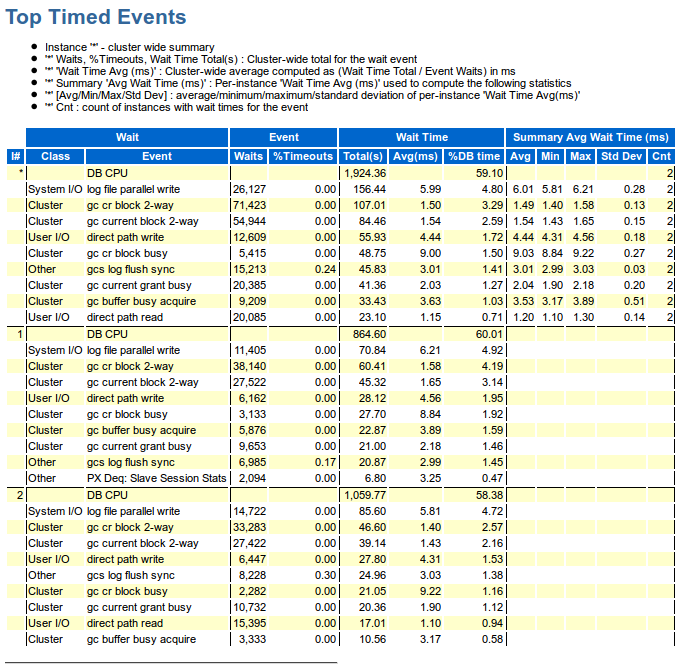Nowadays a new Oracle database environment with Grid Infrastructure has three main storage options:
- Third party clustered file system
- ASM Disk Groups
- ACFS File System
While the first option was not in scope, this blog compares the result of the tests between ASM and ACFS, highlighting when to use one or the other to store 12c NON-CDB or CDB Databases.
The tests conducted on different environments using Oracle version 12.1.0.2 July PSU have shown controversial results compared to what Oracle is promoting for the Oracle Database Appliance (ODA) in the following paper: “Frequently Asked Questions Storing Database Files in ACFS on Oracle Database Appliance”
Outcome of the tests
ASM remains the preferred option to achieve the best I/O performance, while ACFS introduces interesting features like DB snapshot to quickly and space efficiently provision new databases.
The performance gap between the two solutions is not negligible as reported below by the AWR – TOP Timed Events sections of two PDBs, sharing the same infrastructure, executing the same workload but respectively using ASM and ACFS storage:
- PDBASM: Pluggable Database stored on ASM Disk Group
- PDBACFS:Pluggable Database stored on ACFS File System
PDBASM AWR – TOP Timed Events and Other Stats


PDBACFS AWR – TOP Timed Events and Other Stats


Due to the different characteristics and results when ASM or ACFS is in use, it is not possible to give a generic recommendation. But case by case the choise should be driven by business needs like maximum performance versus fast and efficient database clone.
can you please tell us some details about the test you run?
As the numbers of “direct path read” “direct path write” and “log file parallel write” differs, it’s interesting how these numbers got created.
Also other parts of the AWR reports, like CPU usage should be taken into consideration.
LikeLike
Hi Martin
the test is based on a synthetic load generator which submits the same transactions on both environments.
About the other parts of AWR reports please tell me which other sections you would like to see and I’ll post an update.
Emiliano
LikeLike
I have added “Foreground Wait Classes” of both environments.
LikeLike